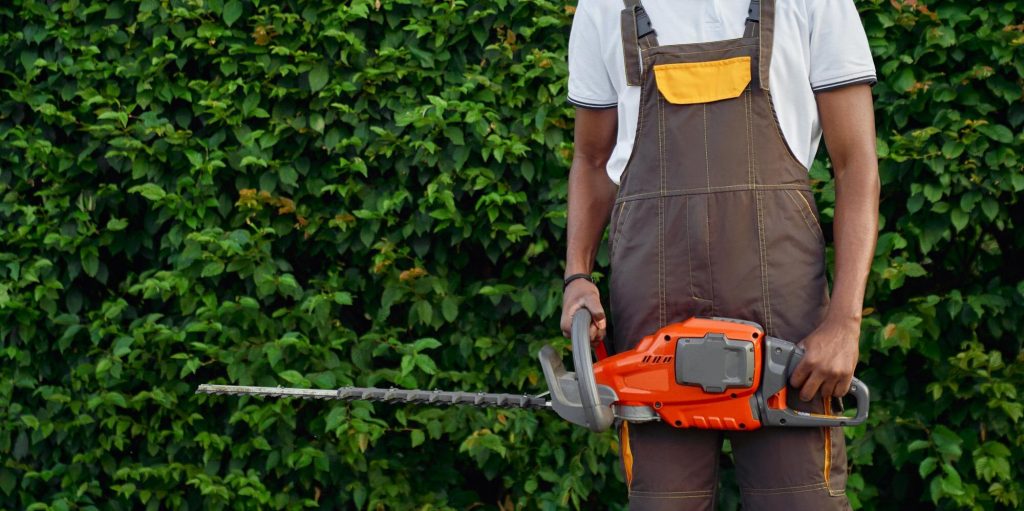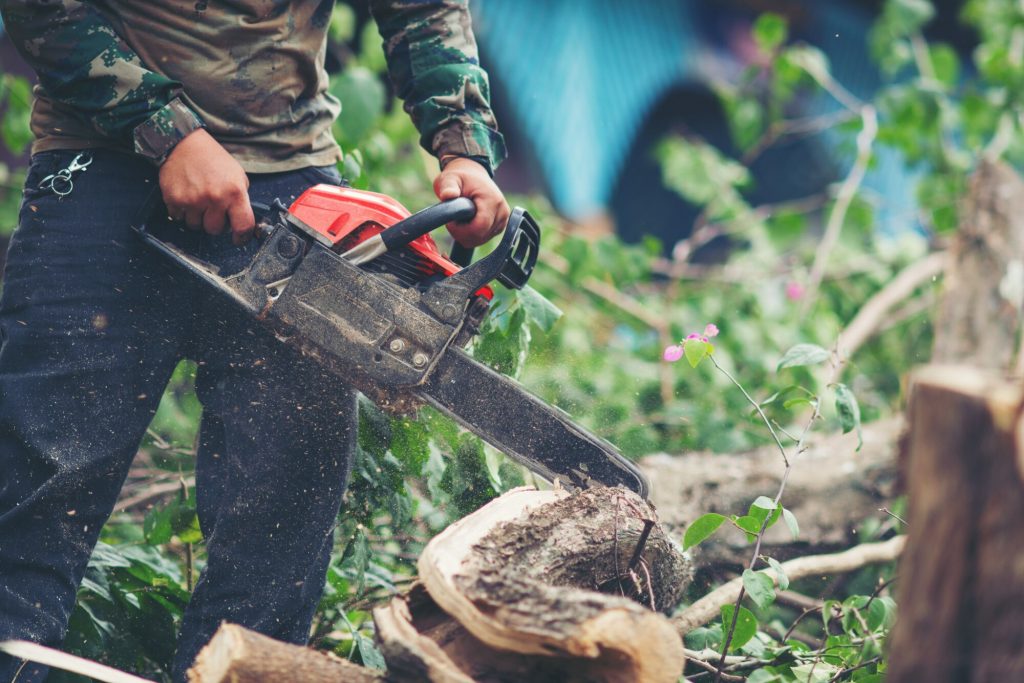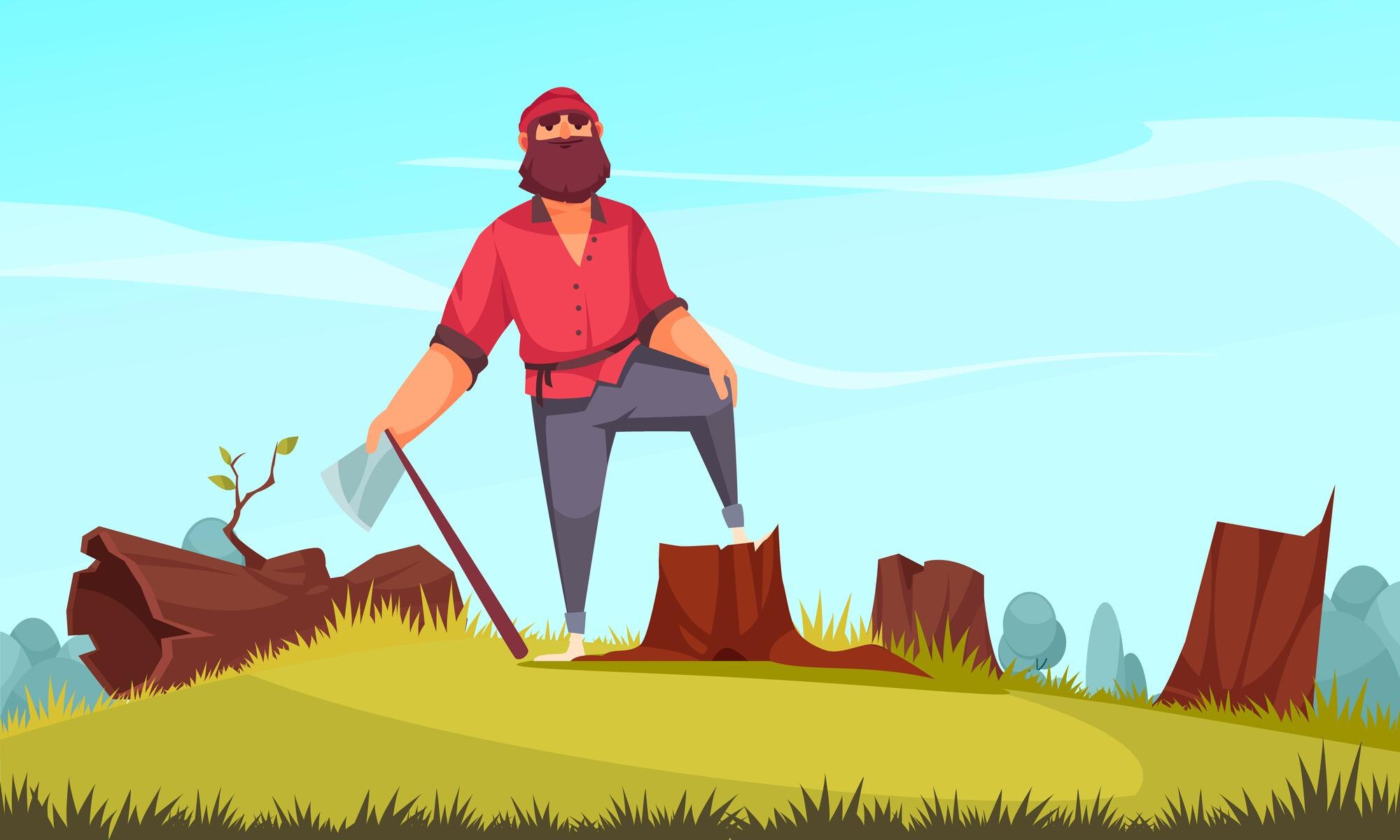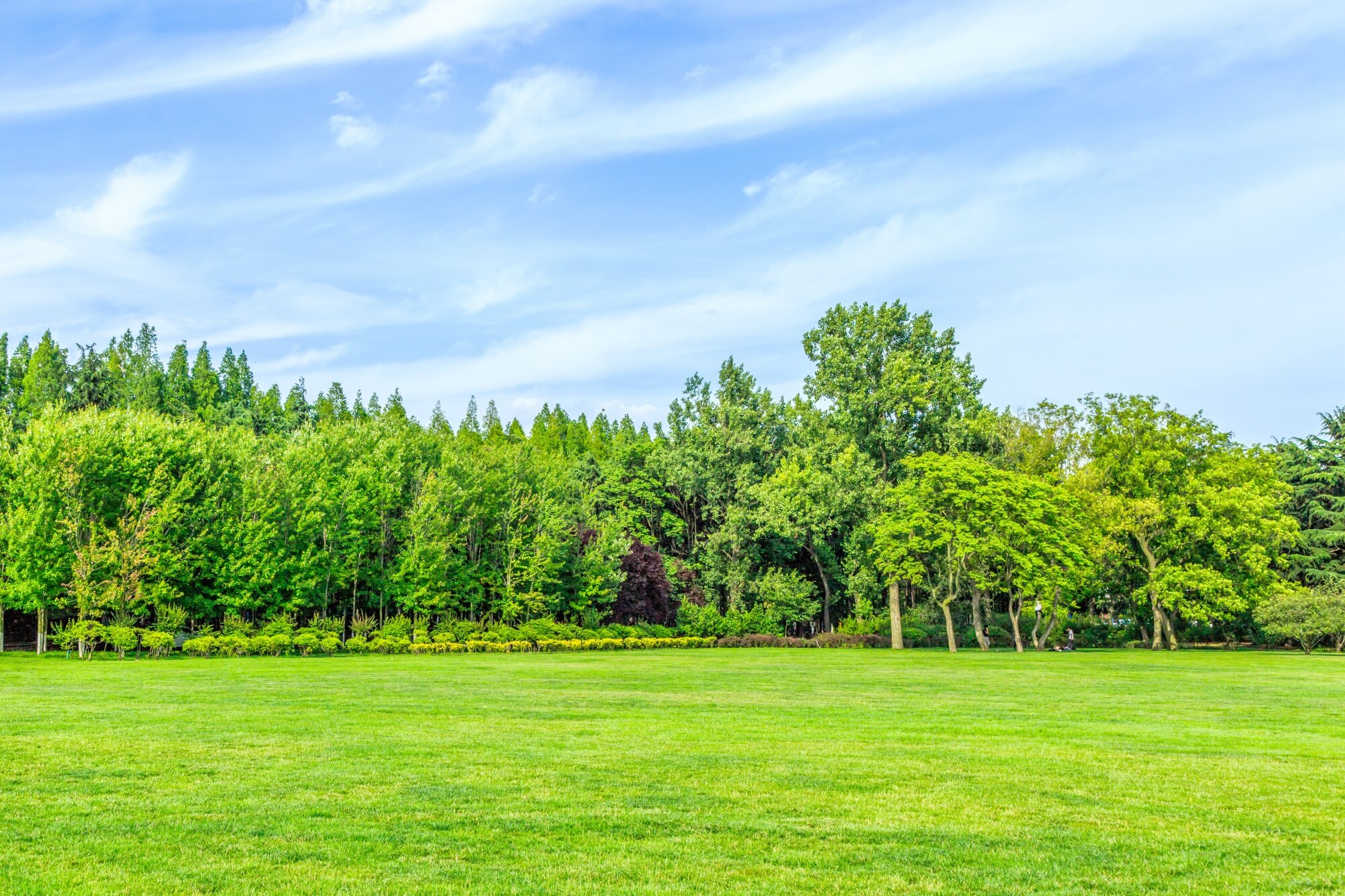When it comes to plant care, many people often use the terms “trimming” and “pruning” interchangeably. However, these two practices serve different purposes and are essential for the health and beauty of your plants and trees. Understanding the difference can help you maintain a thriving garden and landscape. In this article, we’ll dive into the nuances of trimming and pruning, exploring their purposes, techniques, and benefits.
The Basics of Trimming

What Is Trimming?
Trimming is primarily focused on maintaining the aesthetic appearance of trees, shrubs, and hedges. This process involves removing overgrown branches, leaves, and stems to shape the plant and keep it looking tidy. Trimming is often done more frequently than pruning and usually involves cutting back smaller branches and leaves. It’s an essential practice for keeping your garden looking manicured and well-kept.
Trimming can be seen as a cosmetic procedure for plants, akin to getting a haircut. It is not meant to significantly alter the plant’s structure or health but to enhance its outward appearance. This makes it a crucial part of regular garden maintenance, especially in formal gardens where appearance is paramount.
Why Trim?
Trimming is essential for several reasons:
- Aesthetics: It keeps your plants looking neat and well-groomed. A well-trimmed garden is visually appealing and can significantly enhance the overall look of your landscape.
- Growth Control: Trimming helps control the size and shape of your plants, preventing them from encroaching on walkways, buildings, or other plants. This is especially important for fast-growing species that can quickly become unruly if left unchecked.
- Health: Regular trimming can help prevent disease by improving air circulation and allowing more sunlight to reach the inner parts of the plant. This can reduce the likelihood of fungal infections and other plant diseases.
Additionally, trimming can also help in removing dead or dying foliage that may harbor pests or diseases. This proactive approach ensures that your plants remain healthy and vibrant throughout the growing season.
Techniques for Trimming
Trimming is usually done with tools like hedge trimmers, shears, or even electric trimmers for larger jobs. Here are some basic techniques:
- Shearing: This involves cutting all the branches to the same length to create a uniform shape. Shearing is commonly used for hedges and topiaries where a precise shape is desired.
- Selective Trimming: This technique focuses on cutting specific branches to shape the plant without making it look too uniform. It allows for a more natural appearance while still maintaining control over the plant’s growth.
Selective trimming can also help in maintaining the natural form of the plant, which is often preferred in more informal garden settings. Understanding these techniques can help you achieve the desired look for your garden while keeping your plants healthy.
The Basics of Pruning

What Is Pruning?
Pruning, on the other hand, is more about the health and long-term growth of the plant. This process involves removing dead, diseased, or damaged branches to promote healthy growth. Tree Pruning is usually done less frequently than trimming and targets larger branches and more significant parts of the plant. It’s a vital practice for ensuring the longevity and robustness of your plants.
Pruning is often seen as a more technical and precise activity compared to trimming. It requires a good understanding of the plant’s growth habits and the ability to identify which parts of the plant need to be removed. This makes pruning an essential skill for serious gardeners and arborists.
Why Prune?
Pruning is crucial for several reasons:
- Health: Removing dead or diseased branches prevents the spread of disease and pests. This is crucial for maintaining the overall health of the plant and preventing infestations.
- Safety: Pruning removes potentially hazardous branches that could fall and cause damage. This is particularly important for large trees where falling branches could pose a significant risk to people and property.
- Growth: Pruning encourages new growth and can improve the overall structure and strength of the plant. This helps in creating a more resilient plant that can better withstand environmental stresses.
- Flowering and Fruiting: For fruit trees and flowering plants, pruning can enhance the quantity and quality of blooms and fruit. Proper pruning techniques can lead to a more bountiful harvest and more vibrant flowers.
Moreover, pruning can help in managing the plant’s size and shape, ensuring it fits well within your garden’s design. It can also help in rejuvenating old or neglected plants, giving them a new lease on life.
Techniques for Pruning
Pruning requires more precision and is often done with tools like pruning shears, loppers, and saws. Here are some common techniques:
- Thinning: This involves removing entire branches back to the main trunk or stem to improve light penetration and air circulation. Thinning helps in reducing the plant’s density, which can improve its overall health.
- Heading: This technique cuts branches back to a bud to encourage bushier growth. Heading is commonly used to shape young plants and control their growth direction.
- Deadheading: This involves removing spent flowers to encourage more blooms. Deadheading is particularly important for flowering plants to ensure continuous blooming throughout the season.
These techniques require a good understanding of the plant’s growth habits and the ability to make precise cuts. Proper pruning can lead to healthier, more attractive plants that are better equipped to thrive in your garden.
When to Trim and When to Prune
Knowing when to trim and when to prune is essential for maintaining healthy plants.
When to Trim
Trimming is generally done during the growing season, which varies depending on the plant species. For most shrubs and hedges, trimming can be done throughout the spring and summer months. However, avoid trimming in late fall, as this can stimulate new growth that may not survive the winter. This timing ensures that the plants have enough time to recover and grow before the onset of cold weather.
Additionally, trimming during the growing season can help in maintaining the plant’s shape and size, preventing it from becoming overgrown. Regular trimming sessions can be scheduled based on the plant’s growth rate and the desired look for your garden.
When to Prune
Pruning is often best done during the dormant season, usually in late winter or early spring before new growth begins. This timing allows the plant to heal more quickly and reduces the risk of disease. For flowering plants, prune after they have finished blooming to avoid cutting off next season’s flowers. This ensures that the plant has enough energy to produce new blooms in the following season.
Pruning during the dormant season also minimizes the stress on the plant, as it is not actively growing. This makes it easier for the plant to recover and focus its energy on new growth once the growing season begins.
Tools for Trimming and Pruning
Using the right tools can make a significant difference in the effectiveness of your trimming and pruning efforts.
Tools for Trimming
- Hedge Trimmers: Ideal for shaping hedges and shrubs. Hedge trimmers come in manual, electric, and gas-powered options, each suitable for different scales of trimming tasks.
- Shears: Perfect for smaller trimming tasks and detailed work. Shears are essential for precise cuts and maintaining the shape of smaller plants and shrubs.
- Electric Trimmers: Useful for larger jobs and extensive trimming. Electric trimmers are efficient and can handle large areas quickly, making them ideal for big gardens.
Having the right trimming tools can make the process more efficient and less labor-intensive, allowing you to maintain your garden with ease.
Tools for Pruning
- Pruning Shears: Great for cutting smaller branches and stems. Pruning shears are essential for precise cuts and are easy to handle for most pruning tasks.
- Loppers: Useful for cutting thicker branches. Loppers provide more leverage and can handle branches that are too thick for pruning shears.
- Pruning Saws: Necessary for removing larger branches and limbs. Pruning saws are designed to make clean cuts on thicker branches, ensuring the plant’s health is not compromised.
Using the appropriate pruning tools ensures that you can make clean cuts, reducing the risk of damaging the plant and promoting quicker healing.
Benefits of Regular Trimming and Pruning
Both trimming and pruning offer numerous benefits for your plants and trees.
Benefits of Trimming
- Improved Aesthetics: Keeps your garden looking neat and well-maintained. A well-trimmed garden can enhance the overall appearance of your landscape and create a more inviting outdoor space.
- Growth Management: Helps control the size and shape of your plants. Trimming prevents plants from becoming overgrown and encroaching on other areas of your garden.
- Disease Prevention: Enhances air circulation and sunlight penetration, reducing the risk of disease. Regular trimming removes dead or unhealthy foliage, preventing the spread of disease.
Trimming also helps in maintaining the overall health of your plants by removing old or damaged parts that may harbor pests or diseases. This proactive approach ensures that your garden remains healthy and vibrant.
Benefits of Pruning
- Healthier Plants: Removes dead or diseased branches, promoting overall plant health. Pruning helps in maintaining the plant’s structural integrity and prevents the spread of disease.
- Enhanced Safety: Eliminates hazardous branches that could cause damage. Pruning reduces the risk of falling branches, ensuring the safety of people and property.
- Better Growth: Encourages new growth and strengthens the plant structure. Proper pruning techniques can lead to more robust and resilient plants.
- Increased Flowering and Fruiting: Improves the quality and quantity of blooms and fruit. Pruning ensures that the plant directs its energy towards producing healthy flowers and fruit.
Pruning also helps in managing the plant’s size and shape, ensuring it fits well within your garden’s design. Regular pruning can rejuvenate old or neglected plants, giving them a new lease on life.
Conclusion
Understanding the difference between trimming and pruning is essential for effective care. While trimming focuses on maintaining the aesthetic appearance of your plants, pruning is more about promoting their health and long-term growth. By using the right techniques and tools, you can ensure that your garden remains beautiful and thriving.
Regular trimming and pruning are vital practices that contribute to the overall health, safety, and beauty of your plants and trees. So, the next time you pick up your gardening tools, you’ll know exactly whether to trim or prune, and why you’re doing it.
Remember, a well-maintained garden is not only a pleasure to look at but also a haven for healthy, vigorous plants. Investing time and effort into proper trimming and pruning techniques can yield a garden that is both beautiful and robust, providing enjoyment for years to come.




